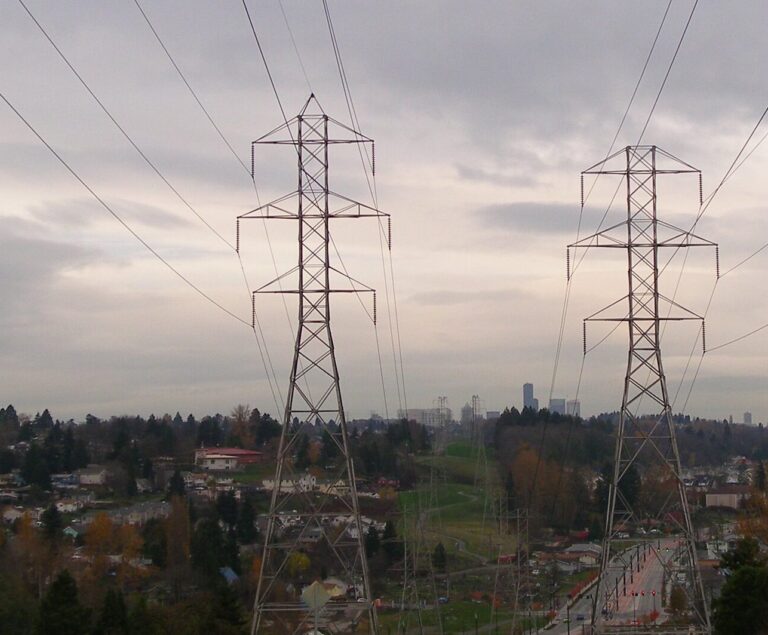Published on August 4, 2023

Multiple rounds of storms tore through parts of Illinois and Missouri in the first week of July, triggering widespread power outages that left tens of thousands of people without electricity—some for days after the storms had passed. It was just one of many such events to hit people around the U.S. this year. Government data show that blackouts are worsening in number and duration, and a new study shows they disproportionately affect already vulnerable communities.
For some, power outages are a mere annoyance: they can’t charge their phone, the food in the fridge may go bad, and their remote work may be affected. For others—particularly the elderly, those with preexisting health conditions or those living in poorly insulated homes—power outages can quickly lead to heat illness or hypothermia and even death.
Several factors—including climate change—contribute to these trends, says the new study’s senior author, Joan Casey, an environmental epidemiologist at the University of Washington [in Environmental and Occupational Health Sciences]. “Extreme weather is the number one driver of power outages,” she says. “As it gets wetter and the weather becomes more extreme, we can expect more power outages.” The aging electrical grid and insufficient funding for repairs also play significant roles in prolonging outages, she adds.
Continue reading at Scientific American.
Original story by June Kim for Scientific American.